E-Commerce in 2025: The New Rules of Digital Retail Success
The e-commerce landscape is changing faster than ever. By 2025, online shopping isn’t just about convenience — it’s about experience, personalization, and trust.
As technology evolves and consumer expectations rise, digital retailers must adapt or risk being left behind. Here are the new rules of e-commerce success in 2025 — and how your business can stay ahead.
🧠 1. AI-Driven Personalization Is Non-Negotiable
Artificial Intelligence now powers everything from product recommendations to pricing models.
E-commerce platforms use real-time data to predict what customers want — sometimes before they even search for it.
Examples:
- Dynamic homepage displays tailored to each visitor
- Chatbots that act like personal shoppers
- AI-powered upsells and post-purchase follow-ups
💡 Pro Tip: Use AI tools to analyze behavior, segment customers, and deliver hyper-personalized experiences.
🚚 2. Speed and Fulfillment Define Loyalty
In 2025, delivery expectations are instant.
Same-day shipping and drone delivery aren’t futuristic anymore — they’re competitive necessities.
Retailers are winning customers with:
- Micro-warehouses in local areas
- Predictive shipping using AI analytics
- Real-time tracking and transparent logistics
🕒 Stat to Note: 73% of shoppers abandon carts due to long or unclear delivery times.
🌱 3. Sustainability Shapes Shopping Choices
Modern consumers don’t just buy products — they buy values.
In 2025, eco-conscious e-commerce has become the standard.
Retailers attract loyal customers by offering:
- Carbon-neutral shipping
- Minimal packaging
- Ethical sourcing and transparent supply chains
♻️ Pro Tip: Highlight sustainability in your marketing — it builds trust and brand identity.
💳 4. Seamless Omnichannel Experiences
Shoppers now move effortlessly between online and offline touchpoints.
They might discover your brand on social media, compare on mobile, and buy via smart home voice assistant.
Winning retailers:
- Sync inventory across all platforms
- Provide instant support on every channel
- Use unified customer data to create smooth transitions
📱 Example: A customer can add an item to their cart via Instagram and complete the purchase on desktop — with the same discounts applied.
🛍️ 5. Immersive Shopping Is the New Normal
The future of online shopping feels physical again.
Thanks to AR and VR, consumers can now “try” products before buying them — from virtual fitting rooms to 3D furniture placement.
Leading the trend:
- Fashion brands using AR mirrors
- Furniture stores offering VR room design tools
- Cosmetics brands enabling virtual makeup trials
✨ Pro Tip: Incorporate AR previews to boost engagement and reduce return rates.
🔒 6. Trust, Transparency, and Security Rule
With rising cyber threats, consumers demand visible trust signals — secure payment icons, privacy policies, and transparent data use.
Best practices:
- Two-factor authentication (2FA)
- Blockchain-based transaction verification
- Clear communication about data usage
🔐 Remember: In 2025, trust = conversion.
💬 7. Community-Driven Commerce Takes Center Stage
Influencers and micro-communities now drive more sales than traditional ads.
People trust people — not brands.
How to leverage it:
- Build ambassador programs
- Encourage user-generated content
- Create community spaces (Discord, social clubs, loyalty groups)
💡 Bonus: Consumers who feel connected to a brand community spend up to 2.5x more.
🚀 Final Word: Adapting to the New Digital Marketplace
E-commerce in 2025 isn’t just about selling products — it’s about building experiences, trust, and community.
Businesses that embrace AI, sustainability, and innovation will define the next decade of digital retail.
The rules have changed — but the opportunity has never been greater.
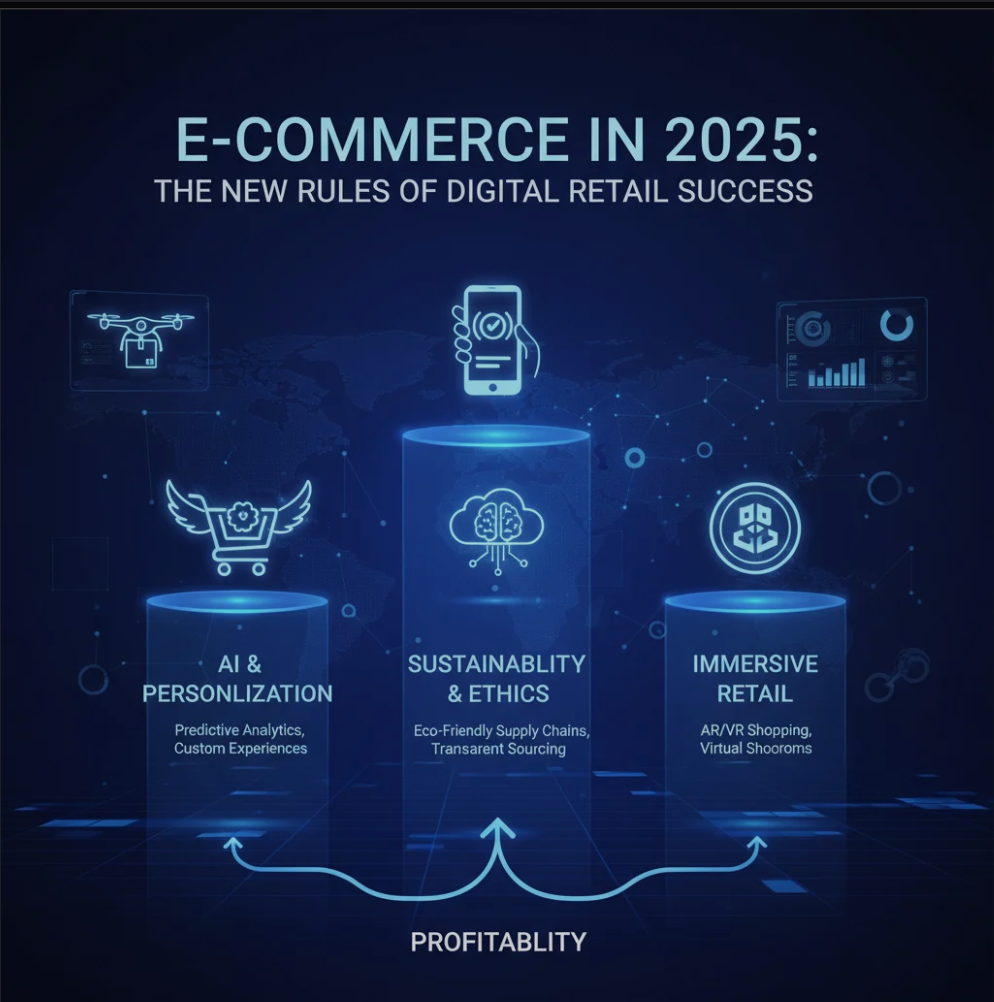

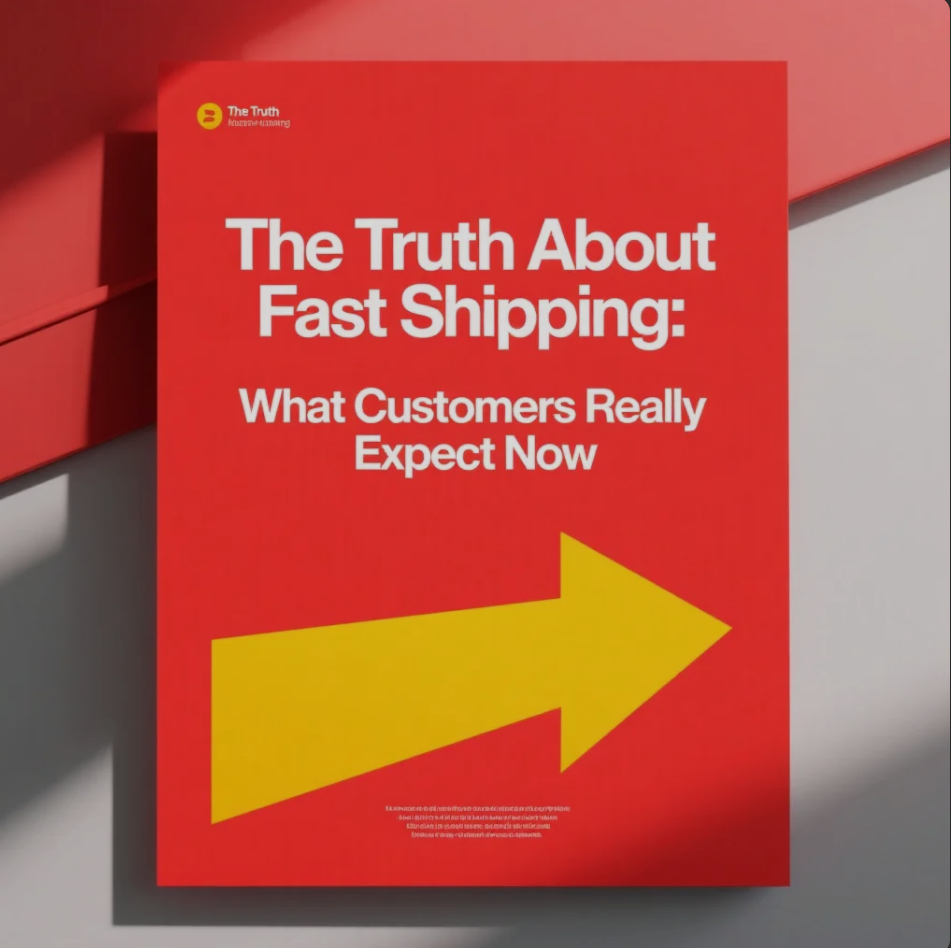


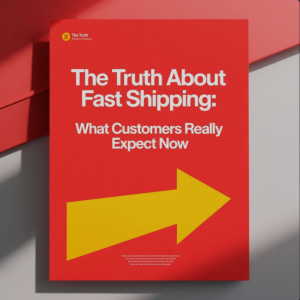

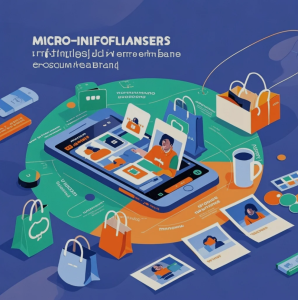
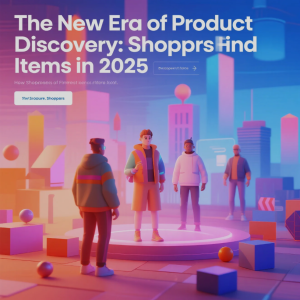


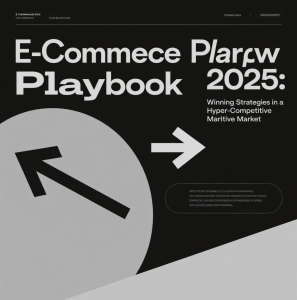
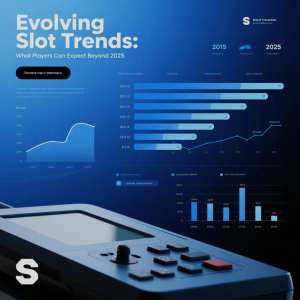

Post Comment